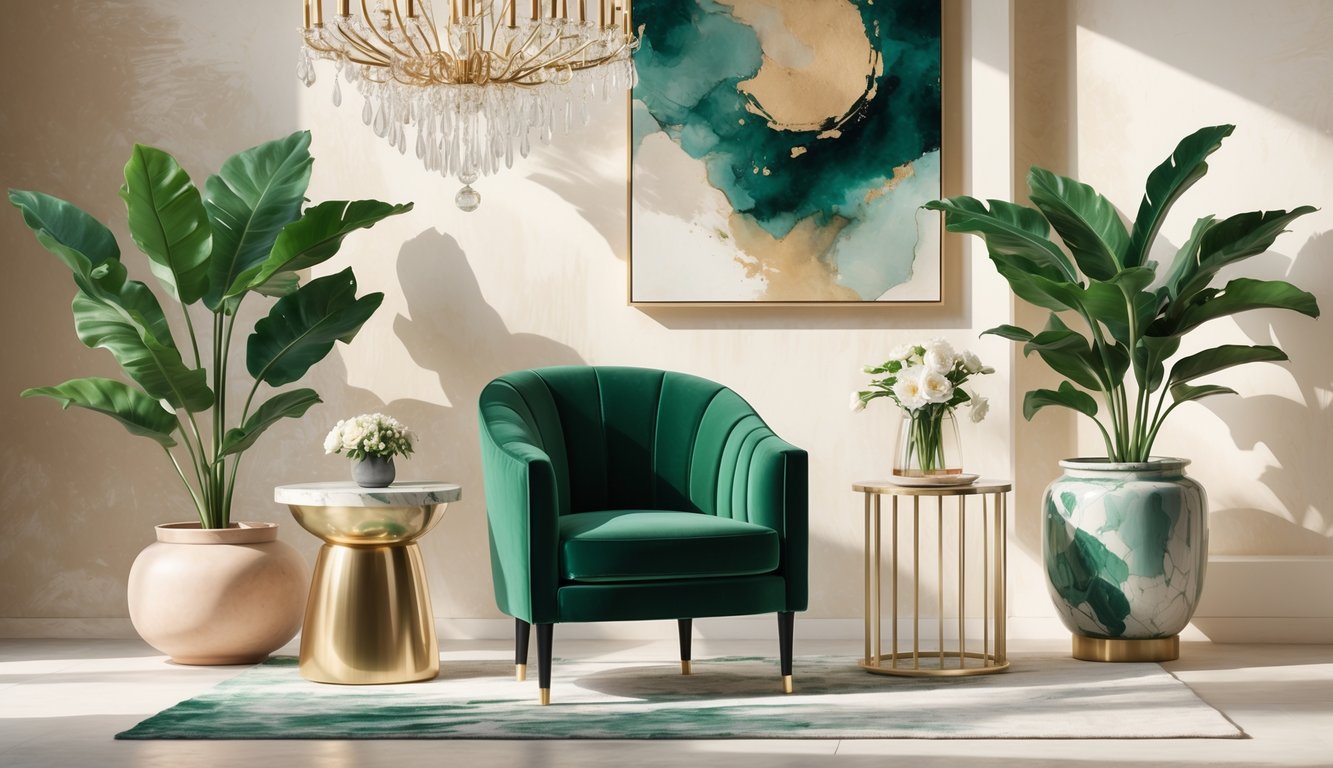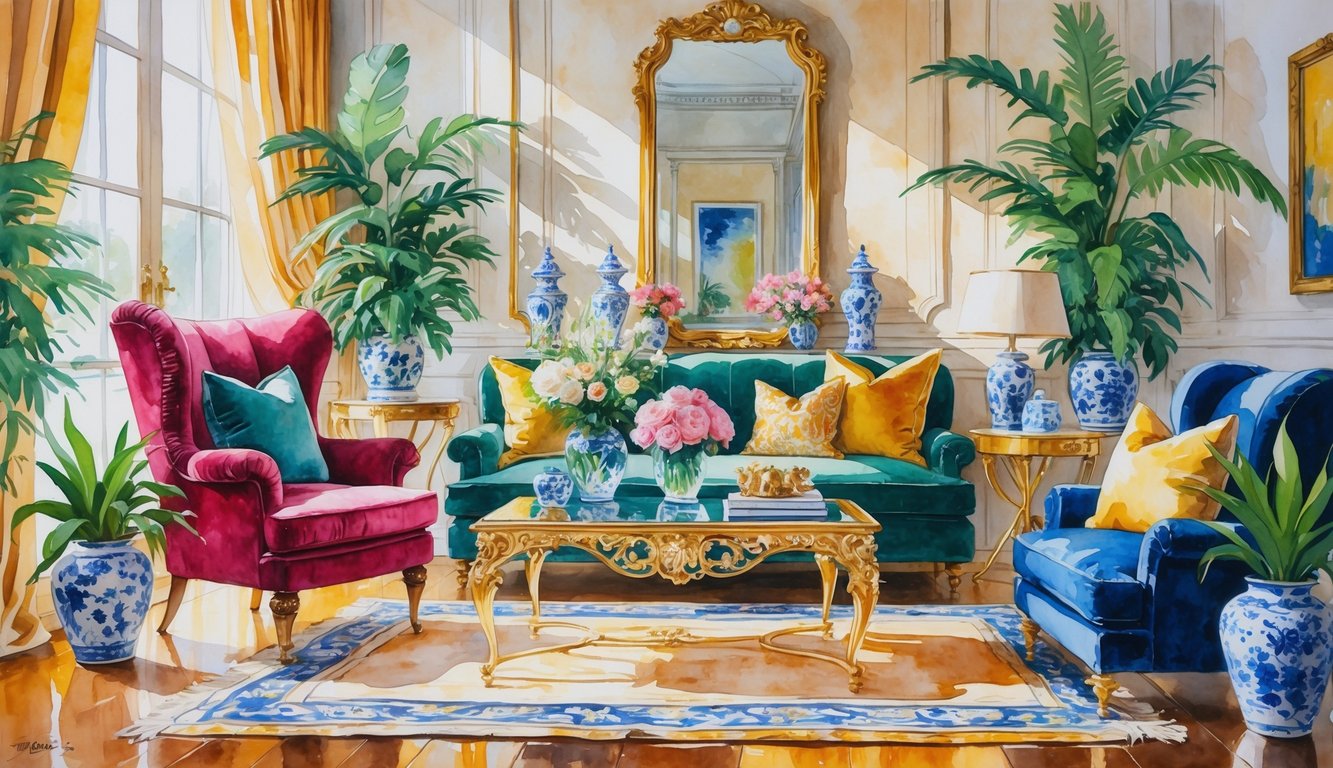
Alright, so here’s the thing: I’m still low-key annoyed that every “must-have” pillow on the internet feels like a bag of packing peanuts, but maybe that’s just me. Designers—actual, real-life ones, not the TikTok kind—keep insisting that if you drop some cash on stuff like handblown sconces or a headboard you didn’t assemble yourself, your house stops looking like a rental. Alyssa Kapito went off about it last week. She’s probably right, but I still can’t believe anyone gets excited about a $5,000 sofa unless it comes with a therapist. That said, I’ll admit: if you use something every day, like a wool rug that doesn’t turn into felt after a year, maybe it’s not a dumb investment. Numbers don’t lie (supposedly), and apparently 78% of designers polled by ASID back this up, so… fine, maybe I’m the outlier.
You ever try to adjust a dimmer at 2 a.m. and realize you have no clue if you’re making your life better or just burning money? I keep screwing up hallway lighting, so don’t ask me. But honestly, I never regret splurging on the stuff I touch daily. There’s something weirdly comforting about walking past one real piece of art, even if the rest of my place looks like a storage unit. Why? I have no clue. Maybe it’s just psychological.
What’s really bugging me lately is this “fast decor” trend—like, am I supposed to replace my lamp every year? What is this, fast fashion for end tables? When designers say to splurge, they’re not talking about flexing. They mean buy something that won’t disintegrate before your next lease is up. Maria Killam’s armchair survived twins and a dog, which is more than I can say for half my furniture. So, if you’re wavering, or your mattress sounds like a haunted house, keep scrolling. These are the items even designers with trust issues can’t talk themselves out of, and apparently, they’re not full of regret.
Why Splurging on Luxury Decor is Suddenly Worth It

Honestly, I used to roll my eyes at “luxury” anything (I mean, a $200 candle? Come on), but now I’m seeing the logic. Suddenly, everyone cares about materials and longevity and whatever “investment-grade” means. I see more stats and designer testimonials than I ever wanted, but sometimes the prices almost make sense. Almost.
Trends Shaping Today’s Interior Design
Designers are obsessed with “real” materials now. If you mention engineered veneer on TikTok, you’re basically canceled. Natural stone, solid wood, hand-finished metal—every trend board is full of them. And then there’s the Nespresso Vertuo Creatista Machine (yes, a coffee maker) that’s apparently a design statement now? I don’t get it, but it’s about routines and lasting a decade, not just caffeine.
It’s not just about looks anymore. “Timeless” and “investment” are actual data points, not just code for “safe and boring.” The stuff designers love is always made with some technique I’ve never heard of, or from a material that costs more than my rent. I just want to know why we’re drowning in disposable decor if everyone’s so obsessed with things that last. If your friends start talking about Murano glass or New Zealand wool, just know you’re not getting out of that conversation quickly.
Designer Perspectives on Value
So, I pestered a few designers for their real opinions. Bonnie Ammon basically laughed at me for mentioning big-box headboards. Elizabeth Backup swears her $7,000 sofa saved her back, which sounds fake, but she’s convinced the build quality is worth it. Maybe she’s right, but I’m not testing it.
What surprised me is that none of them cared about showing off. They just want furniture that doesn’t fall apart or stain if you look at it wrong. Everyone kept talking about “quiet” luxury—stuff that feels good when you’re exhausted and not for Instagram. I scribbled down this stat: 53% of Americans who splurged on a major decor piece said it paid off in three years or less (Real Simple, if you care).
But, like, why does nobody rave about door hardware? Everyone’s obsessed with islands and lighting. Maybe the secret is you forget the price once your place finally feels finished. Even now, I kind of get it.
The Impact of Statement Pieces in Home Design
I still don’t really get “statement pieces.” It’s not about what you buy—it’s what happens when you accidentally make your old credenza the center of attention. Sometimes I plan a whole room around a lamp, then realize the sofa’s stealing the show. Designers keep saying “let the room breathe,” but I just want my friends to think I have taste.
Sofas That Become Conversation Starters
Every designer I’ve met swears the sofa is the anchor. Not the rug, not the chair. Always the sofa. I look at the Room & Board Metro Sofa and suddenly the whole room is about that. Or not, if it’s just another gray blob. Some Miami designer at High Point Market told me, “One bold sofa, not two.” I guess that’s a rule now.
People are wild about “sculptural” shapes—curves, chunky arms, weird textures, even recycled plastic. But nobody talks about the mess. Velvet stains, linen wrinkles, leather cracks. Pinterest never mentions that. Houzz says 38% of people upgrading sofas now go for jewel tones, which is wild, but I guess everyone wants a “pop.”
Pro tip: don’t try to compete with a statement sofa. I had a neon yellow one. It was the only thing anyone saw. Game over.
Dining Tables That Anchor Spaces
For some reason, my brain thinks “luxury home” means a massive marble or walnut table, not art. I saw a 10-foot travertine table once, and the owner said nobody cared about his chandelier. Everyone just wanted to touch the table.
Designers say these tables outlast trends, but they’re a pain. Fingerprints, scratches, wine stains—someone dented a $7,000 table just moving a chair. Glass tables? They’re slippery and show every crumb. Wood is great but costs a fortune. Ceramic composite is apparently indestructible, but I haven’t tested it. And why do designers never actually sit at their own tables? No clue.
Also, if your table’s a showstopper but your chairs are boring, it feels off. Mix materials if you want, but don’t ask me what’s low maintenance. Nothing is.